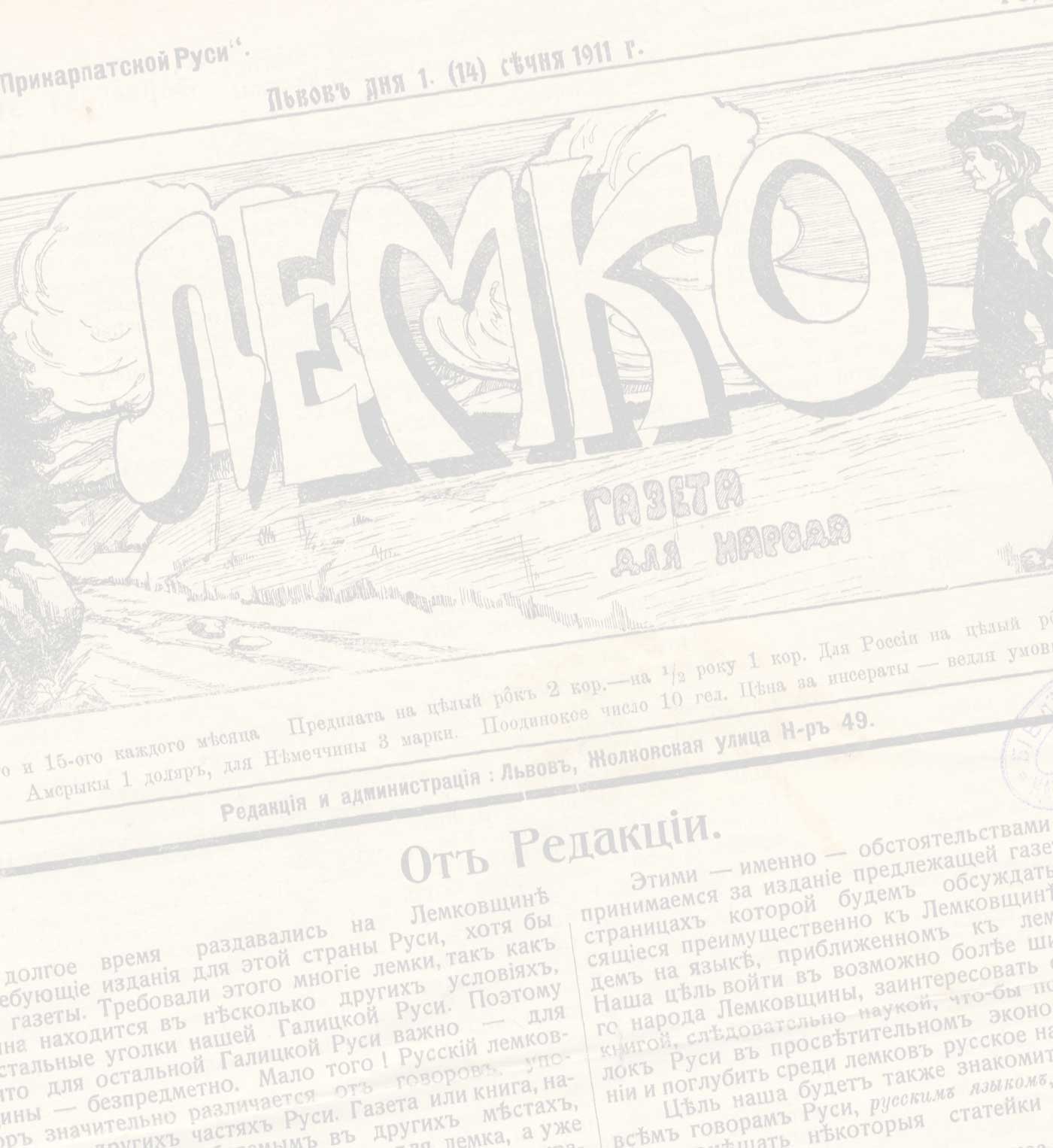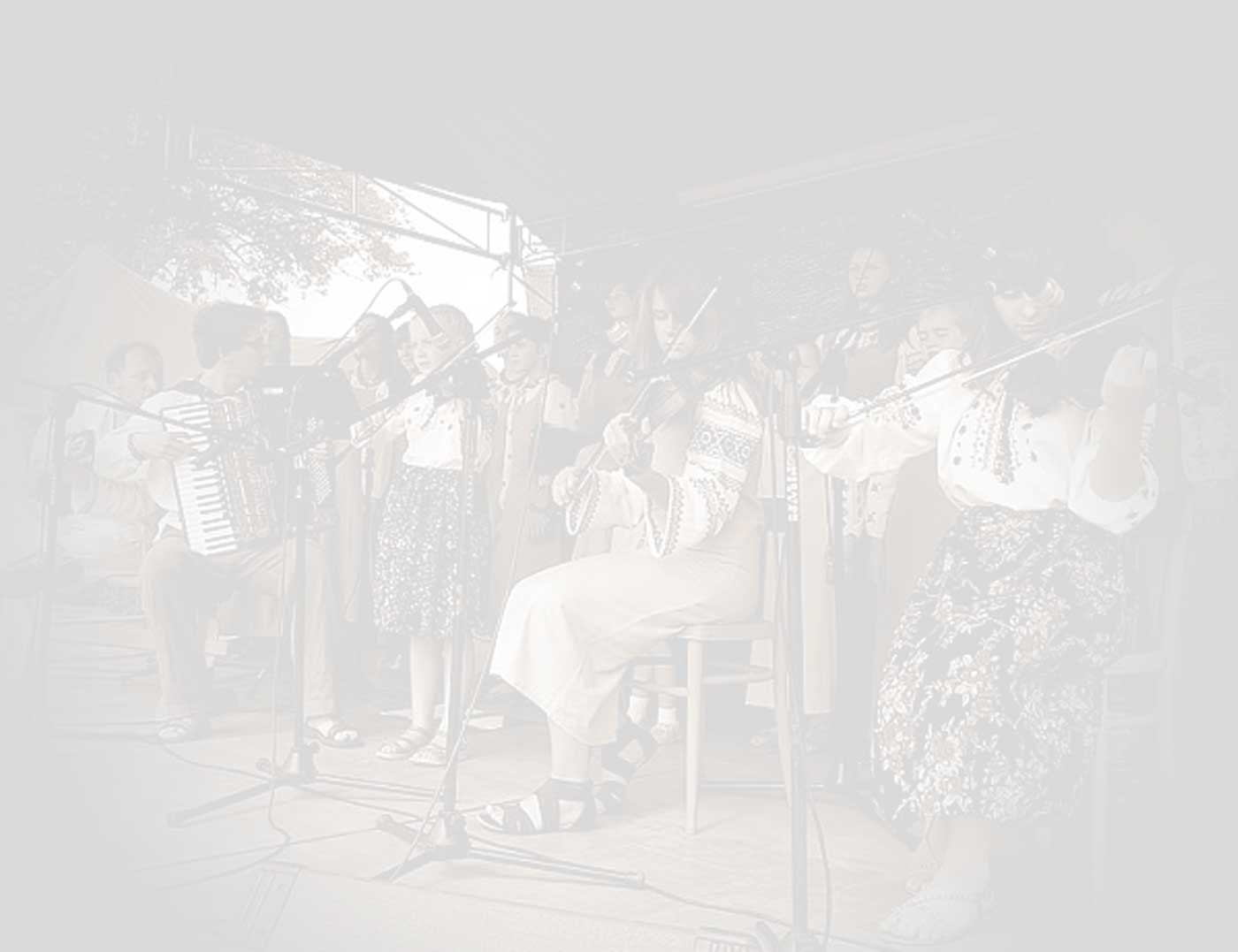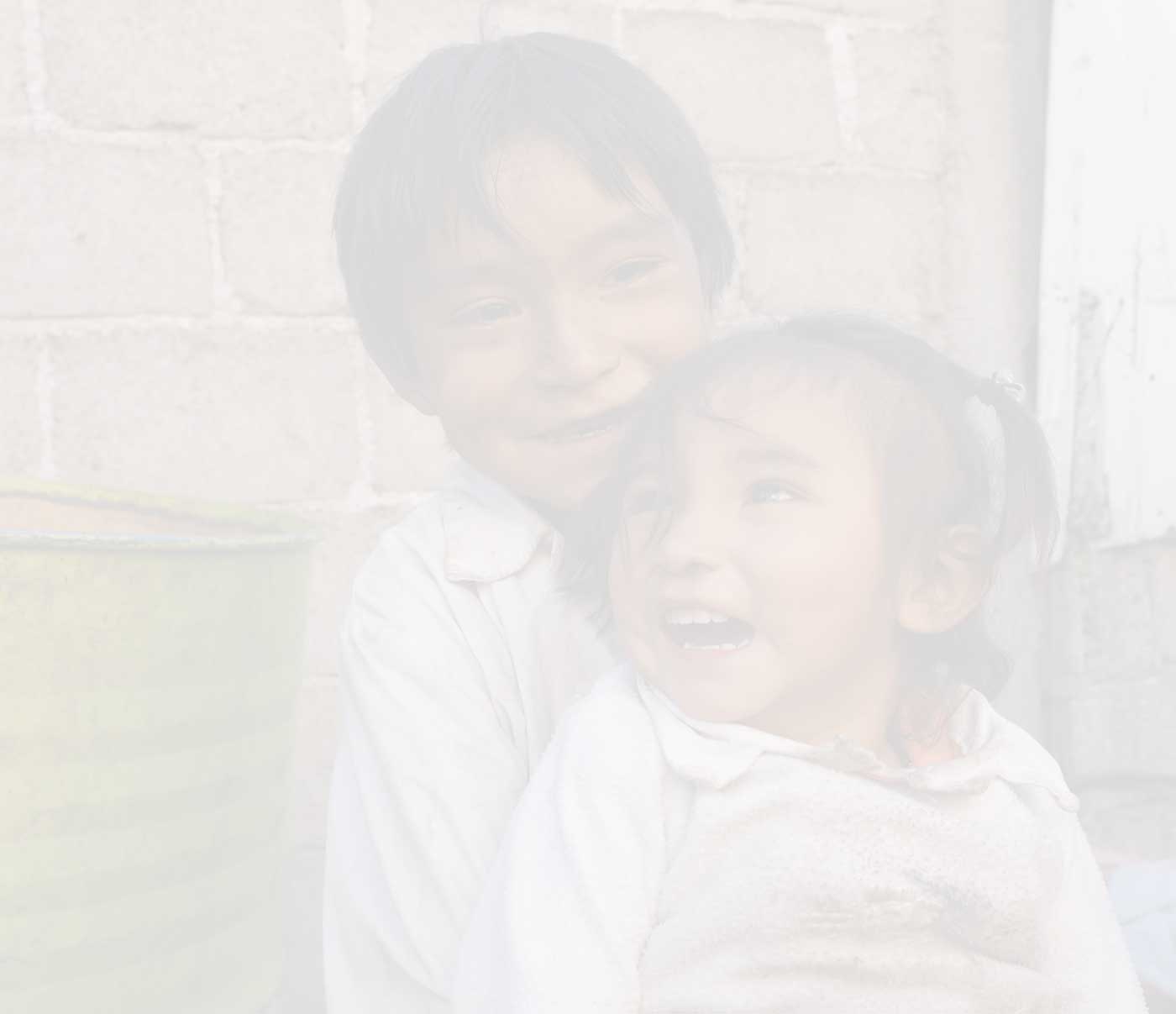























Developing a boundary-breaking model for studying and revitalizing endangered languages
Estera Jaros, a student of the University of Warsaw
I consider developing one, all-encompassing model for revitalizing endangered languages an ideal, unreachable goal, even though it is possible that all projects of revitalization will include certain common elements. The idea of a unique model for language revitalization is inconsistent given the differing situations of particular languages in danger. We are certainly not able to adapt the same model for revitalizing to a microlanguage of five speakers and to a language of a population exceeding one million. That is why the truly promising project of creating monolingual universities and similar far-reaching enterprises will not be relevant to most revitalization projects.
Of the components essential to all models of language revitalization, perhaps the most troubling one would be encouraging people to use their native languages. A lot has been said about possible means to achieve this goal during our seminar and all the suggestions were truly illuminating. One element, however, seems to be of utmost importance in this context: the political involvement of the respective states' authorities in giving the minorities the right to use their language in all kinds of civil activities. Native speakers of dominated languages are not eager to identify themselves with a language of the poor and marginalized. Even if they have no way to abandon their mother tongue (for example, they may not know the dominant one), they cannot achieve anything by means of using it: all the documents and laws, as well as all kinds of information are given in a dominant language. If this state of affairs does not change, we cannot expect that minorities, who are deprived of any influence in politics, will give any importance to their native languages, which are understood to be the core motive of their social exclusion.
On the other hand, given that the media are an extremely effective tool for achieving power, when possible, a special effort should be made to create radio and television stations,, newspapers, internet portals and social networks in the languages being revitalized. It must be remembered that achieving such an enterprise naturally implies cooperation with native speakers of minority languages. In an ideal situation, the aid of linguists in creating and supervising these media would be unnecessary, or perhaps this task would be carried out exclusively by native linguists.
While considering the role of linguists in revitalization projects, a further problem arises: that of external expertise. There is an obvious danger of any small language being misused, or treated light-heartedly or as a commercial tool. The next step of a revitalization project, then, is the foundation of a language council or society, which would protect an endangered language from deterioration, regulating its correct use in accordance with data provided by profound studies of its users' linguistic behaviour. The work in this field should be done carefully, in order to avoid the arbitrary predominance of non-native scholars investigating a given language. Once again, it must be remembered that the involvement of native speakers is essential in this as well as in any other stage of development of a revitalization project.
The last point I would like to make concerns the education of students of indigenous origin in monolingual universities. Bringing about this idea is worth of any amount work, especially since we want to bring back self-esteem and return political power to indigenous communities. However, this project raises a question which I find problematic; namely, the teaching of English in such universities. Whether we like the idea or not, English is an international language and as such, serves as a means of communication for scholars from all over the world. That is why we should provide all the students of monolingual universities with a very good knowledge of this language, even though our principal aim is to develop their competence in abstract thinking in their mother tongues. After all, we want to educate competitive scientists who will not be replaced on the market by graduates from prestigious, mostly Western universities.
It does not follow that we should abandon the idea of creating monolingual universities. Rather, and especially in the cases where English is not the dominant language in a certain community, a significant amount of effort must be put into providing the students of these universities with professional English teaching. By this means, they will be given access to the mainstream literature in various branches of science and have the possibility of contributing to contemporary research in their fields of study. Also, they will possess the skills required to translate the texts from their native language to English, making them accessible to foreign language speakers, and to provide translations of English texts for non-English speaking members of their community.
The graduates of a Nahuatl university, with the linguistic abilities delineated above, would be highly competitive on the Mexican market, and the wide field of English-Nahuatl translation would not be left entirely in the hands of “new speakers” of Nahuatl. Conducting all the classes in Nahuatl does not preclude reading some of the materials in English, if the investigation in a given domain is made mostly by Western scholars. In such cases, not only students' acquaintance with respective literature, but its translation to Nahuatl is needed.
As a final note, I would like to emphasize that a vital principle in bringing forth any language revitalization project is cooperation between linguists, a great example of which we witnessed during our seminar. The prospect of creating a network joining linguists from all over the world so that they can exchange their experience, concerns and opinions about revitalization methods is truly promising and may significantly improve their future work. All the points included in the present paper need further elaboration and the support of practical evidence in order to form part of a successful revitalization project. The more attention we devote to the discussion of these issues, the better results will be achieved in the field of language revitalization.